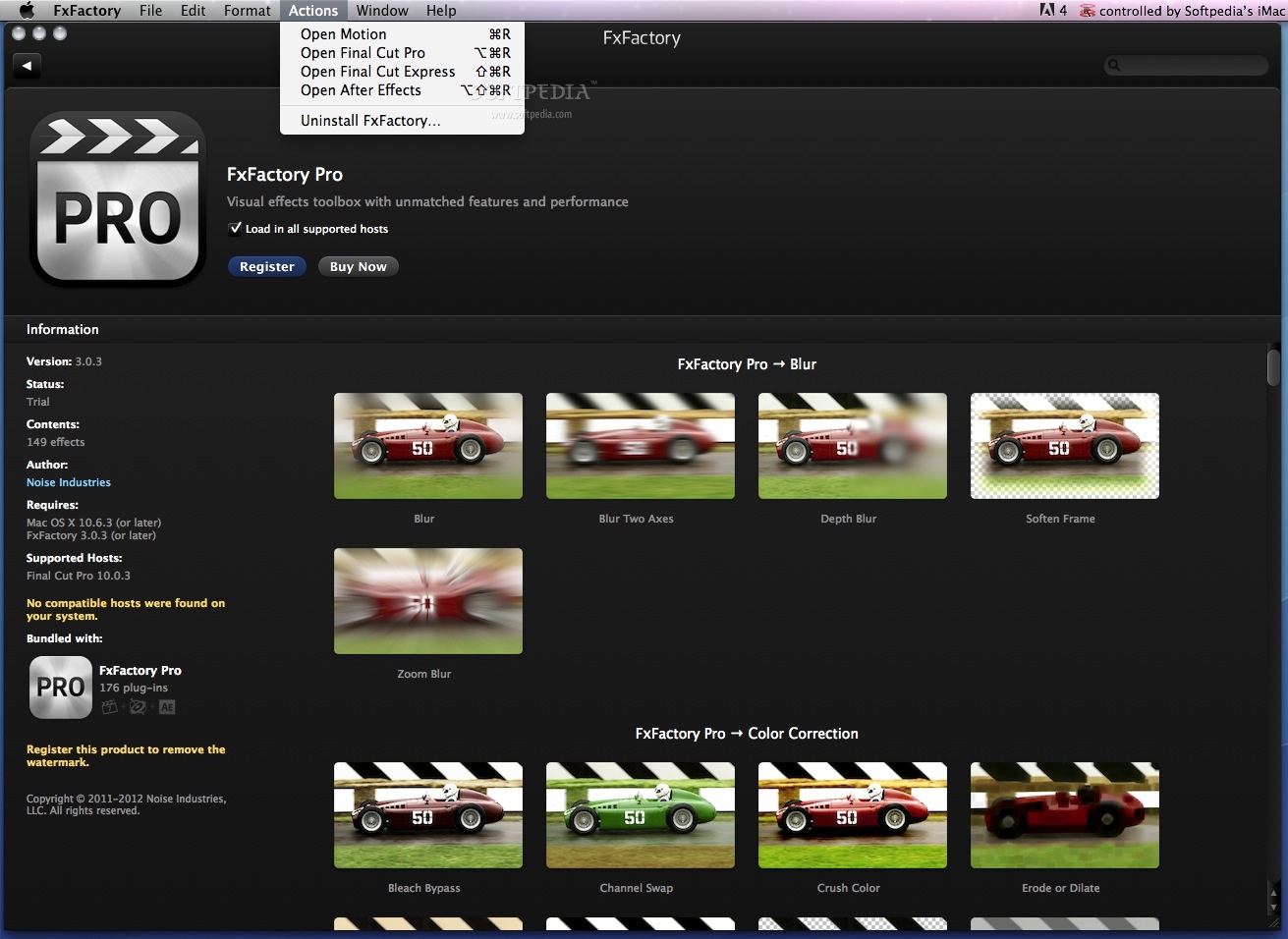

This is a text-mode Windows NT (and not MS-DOS as it may look) environment. A new recovery console was introduced which can be launched from the CD-ROM (or optionally installed to disk and made available through NTLDR by running WinNT32.exe /cmdcons in Windows). This is a straight port and is incapable of editing a remote registry or changing permissions. The classic MDI-style editor capable of manipulating Windows NT permissions exists as regedt32.exe and the Windows 98 registry editor exists as regedit.exe. Two versions of the registry editor exist in Windows 2000. This includes the the Event Viewer, Task Scheduler, COM+ management, group policy configuration, disk defragmenter, device manager, service control, and if installed.

Windows 2000 also supported ACPI S4 hibernation, which unlike Windows 98, does not require specific vendor drivers.įor system management Windows 2000 introduced the Microsoft Management Console and a vast majority of system administration tools from Windows NT 4.0 were moved to MMC 'snap-ins'. The System File Checker utility allowed users to preform a manual scan of protected system files (and optionally repair them). Windows File Protection also arrived with 2000 which protected critical system files by not allowing anything other than Microsoft's Windows Installer or Windows Update package installer modify system files. One noticeable fact right off the bat is that features from Windows 98 have made it into the Windows NT line, like the Active Desktop update, Internet Explorer 5, Windows Driver Model, Internet Connection Sharing, Windows Media Player and WebDAV support. Plug-and-play support was improved compared to Windows NT 4.0. Dynamic disks were introduced as well which allowed Windows to join disks together in a software RAID array. Note: Microsoft Teams and Skype use a different emoticon set with an alternative animated design.Įmojis from Microsoft Windows 11 November 2021 Update are displayed below.The final RTM build of Windows 2000 is which arrived with new NTFS 3.0 support, an on-the-fly Encrypting File System, new Accessibility tools and the Active Desktop, additional language and locale settings.

Windows 10's last emoji update was the May 2019 Update, which supported emoji from up to early 2019's Emoji 12.0. These are provided by the Segoe Color Emoji font, although some applications continue to show black and white emojis from an earlier release.Īs of the Windows 11 November 2021 update, the platform includes the new Fluent emoji design set that was first previewed ahead of 2021's World Emoji Day. There were also available on Windows phones prior to them being discontinued. Emojis from Microsoft are supported on PCs and tablets running Windows 11, Windows 10, as well as Xbox.


 0 kommentar(er)
0 kommentar(er)
